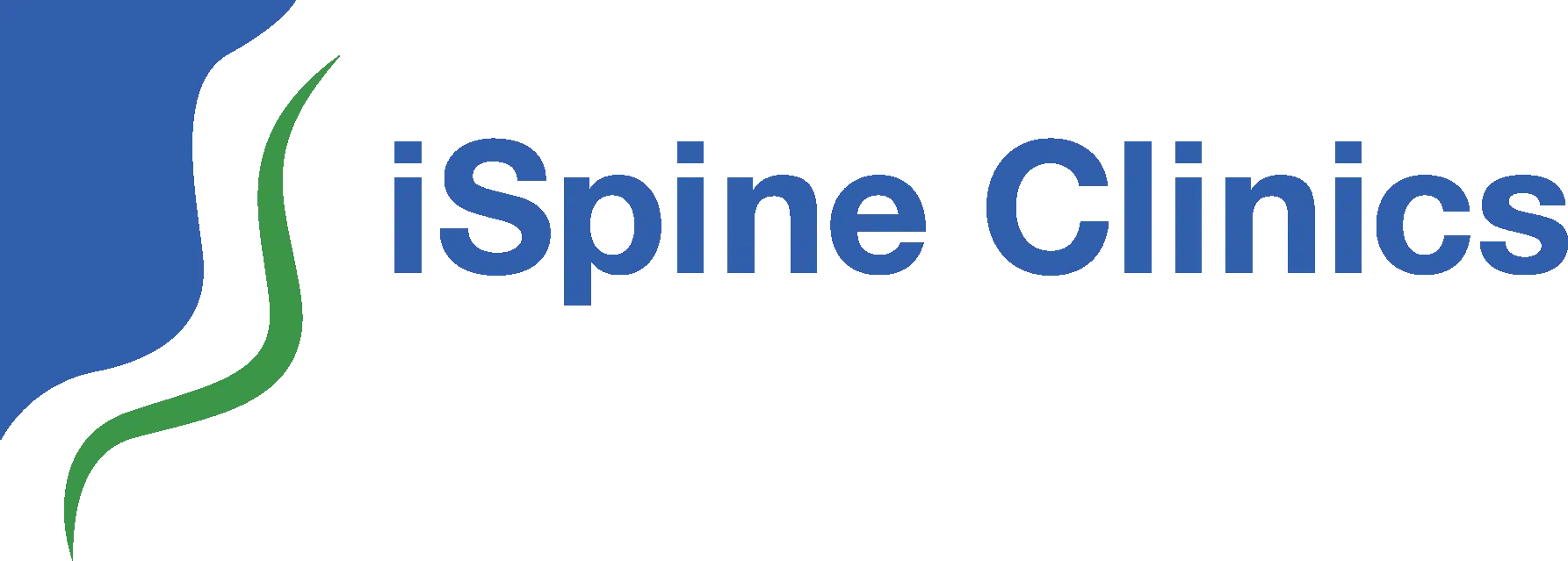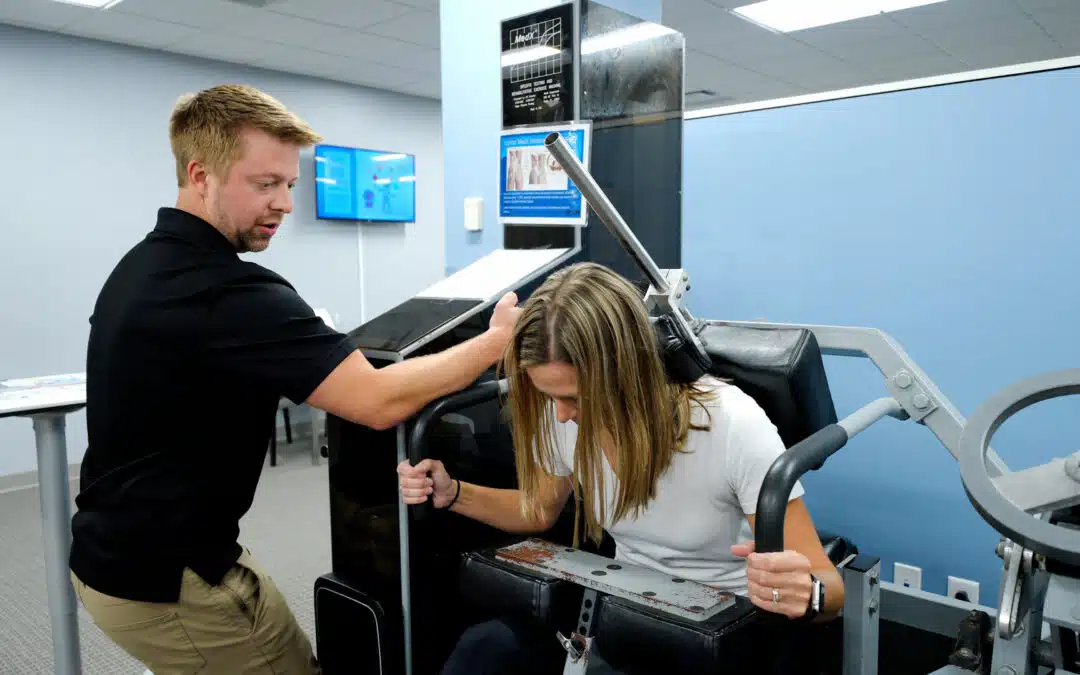Relief is on the horizon – Different options for treatment of lower back pain
We’ve reached the final portion of our low back pain blog series! In previous blogs, we discussed the potential causes of lower back pain, as well as the symptoms, both obvious and unexpected. In today’s post, we’ll explore the methods and practices used to treat lower back pain and ensure a functional future for your spine.
Take the first step
If you have lower back pain that hasn’t gone away or been resolved with massage, chiropractic care, or mild physical therapy, it may be time to get a proper diagnosis. At a facility like iSpine Clinic, you can speak with a practitioner who will use tools such as physical examination and evaluation, X-ray, MRI or CT scans, or EMG studies to pinpoint the cause of your pain. Once we’ve figured out the issue, there are a few different options for treatment. They can be practiced individually, in a combined protocol, or as an escalation.
Medications
There are a few different types of medications that can be used as lower back pain treatment. Pain relievers, such as Tylenol, Ibuprofen, or Aleve, can be used in both over-the-counter or prescription strength. They can help reduce inflammation and pain. In conjunction with pain relievers, muscle relaxers may also be prescribed. These types of medication can act as a sedative to your nervous system, allowing the muscles to relax around the affected area. Or, they can prevent your nerves from carrying pain signals to the brain, short-circuiting your pain response. A third avenue for pain relief medication is topical. These creams, ointments, or patches are placed on the affected area and actually deliver pain-relieving medications through the skin. Finally, after utilizing some of the other methodologies discussed in this blog, your clinician might suggest narcotics and antidepressants. Both have shown effectiveness in helping with lower back pain, but both carry the risk of side effects and should be used only under medical supervision. Options like chiropractic care, physical therapy, and lifestyle and behavior modifications should be considered prior to these types of drugs.
Chiropractic Care, Physical Therapy and Home Exercise
Chiropractic Care and/or physical therapy will likely be suggested early on in your treatment process. Because lower back pain is often caused by an imbalance in the flexibility, strength, or alignment in your core, it makes sense that a professional who specializes in proper movement for optimized structural health is a first line of defense. Therapy for lower back pain may include:
- Stretching and flexibility training
- Core strengthening
- Light adjustments
- Posture work
- Testing and extending mobility
- Light aerobic exercise
Chiropractic care and physical therapy is never one-size-fits-all, and a skilled clinician will work with your specific issues to build a custom treatment program. Just as important as your sessions with the therapist is the continued home exercise—consistency is the key to healing and strengthening your spine.
Hands-on Manipulation
Massage therapy and osteopathic manipulation can also help mitigate pain in your lower back in conjunction with chiropractic and physical therapy. A TENS (transcutaneous electrical nerve stimulation) machine can also be effective in pain reduction. It sends mild electrical pulses to the nerves through electrodes placed strategically on the skin. Similar to how some muscle relaxers work, this can disrupt the “pain message” from traveling through your nervous system to your brain.
Lifestyle Modifications, Meditation, and Mindfulness
A practitioner can help you identify habits in your lifestyle that may be contributing to the pain you feel in your lower back. By minimizing damaging behaviors like smoking, strenuous activities, and inflammatory diet choices (check out our anti-inflammatory blog series for more info!), you can help reduce low back pain more holistically.
Because we now know how intertwined our mental and physical health is, it’s also important to address any emotional strain that might be contributing to or developing because of your lower back pain. By incorporating meditation, tai chi, or other cognitive relaxation strategies into your treatment plan, you can make a holistic effort for your pain treatment. When you increase your mindfulness, you can not only lessen your pain, you can prevent any underlying issues from advancing further.
Interventional Procedures & Therapies
At this point, if nothing has made a significant impact on your lower back pain, a clinician will likely call for an MRI or CT scan to more accurately identify the issue. From there, interventions such as trigger point injections, epidural steroid injections, nerve blocks, and other types of interventional procedures can be added to your treatment program. If you know the source of your pain, these procedures are a strong option, and they can also be used diagnostically to rule out issues if the treatment does not work. Injections may minimize pain periodically, but they are not intended to be long-term solutions and usually aren’t used on their own. The goal of interventional treatments is to improve pain control so you can increase participation in other treatment tactics like physical therapy, chiropractic manipulation, and home exercises.
Minimally Invasive Therapies
Radiofrequency ablation is a procedure involving a thin needle inserted into the problematic nerve. Radiofrequency is applied to impact those nerves, disrupting the pain signal from the area to the brain. Similarly, implanted nerve stimulators block the pain message; the difference is that they are permanent devices placed under the skin after a successful trial that helps gauge your body’s response to the stimulator before you commit to an implant.
Interspinous spacers, more commonly known as Vertiflex, create and maintain space around nerves impacted by spinal issues. This can minimize pressure and relieve pain associated with the sciatic nerve or spinal stenosis. It’s a reversible procedure that doesn’t permanently alter anatomy, meaning it’s generally an outpatient procedure that doesn’t involve general anesthesia.
Surgery
Generally, if all other methods have been tried unsuccessfully or ruled out as an option for you, surgery may be discussed. There are multiple different kinds of spinal surgery, from discectomy to fusion, but their main goal is to increase space for the nerves in the lower spine, and/or to stabilize the spinal cord. It’s important to take the proper time to evaluate the risks associated with surgery and to get multiple opinions, especially for younger patients.
And that’s a wrap on the lower back
Once you’ve initiated a pain management program with your medical team, you should hopefully be on the road to recovery from your low back pain. We hope this blog series has given you the knowledge and tools that you need to prevent or heal from any lower back issues. Remember, the first step is always to set up a Pain Care Consultation. iSpine Clinics’ team of experts will assess the quality and severity of your pain, learn more about your lifestyle, health history, and any major medical moments that might be impacting your issues, and recommend a plan of action.


